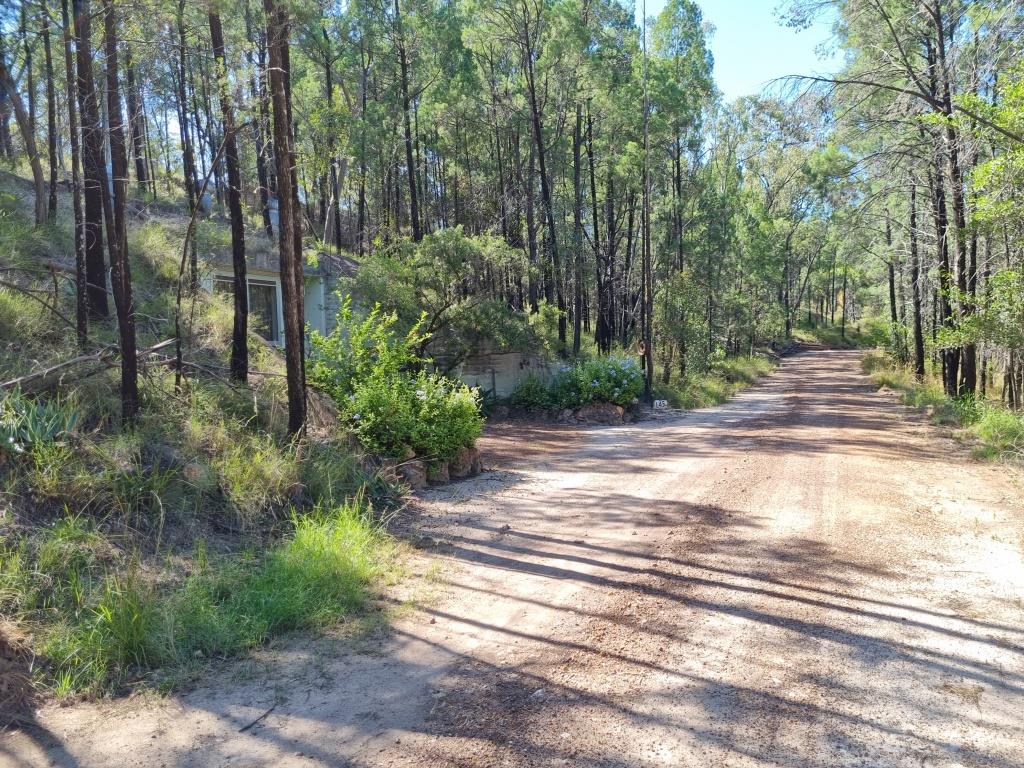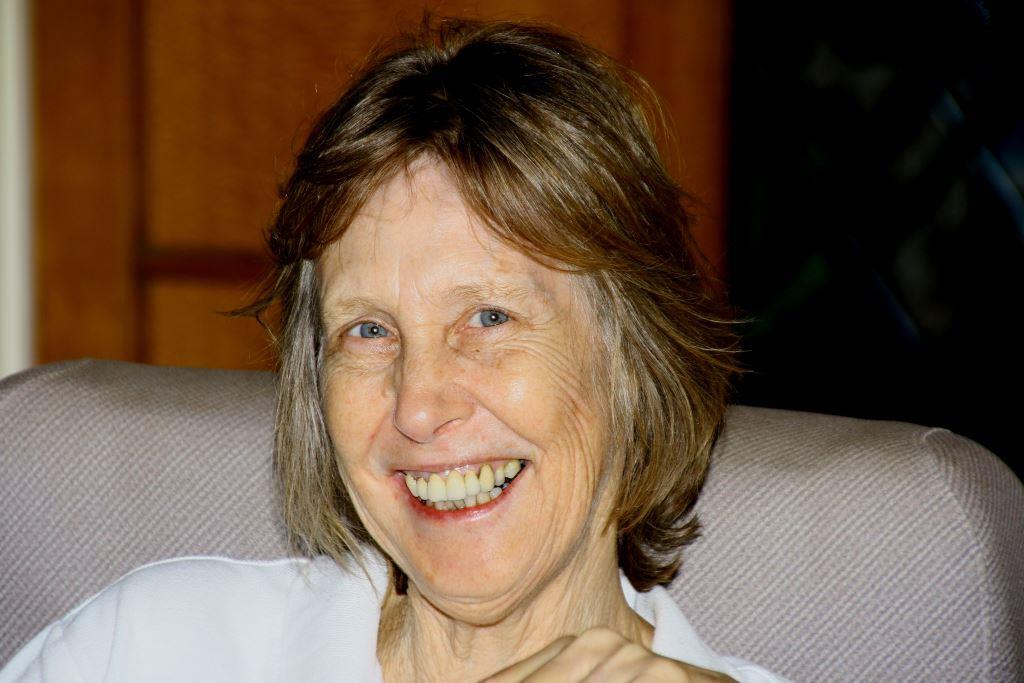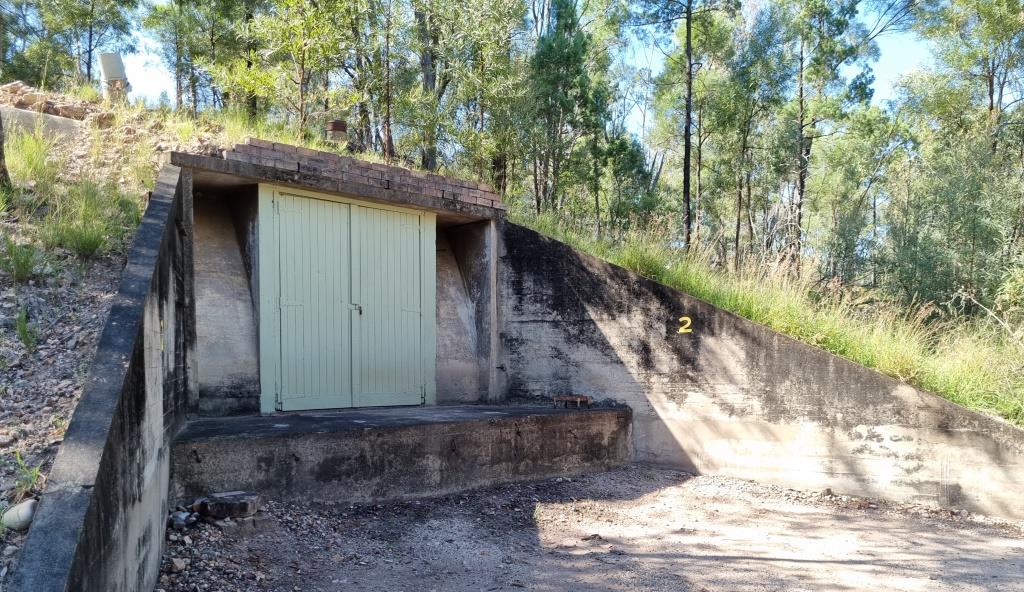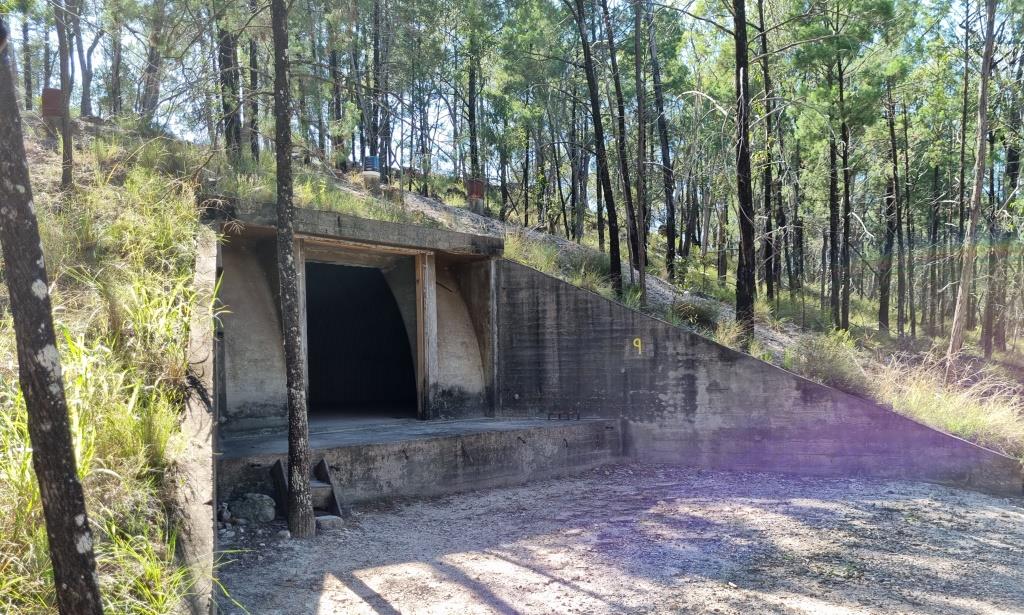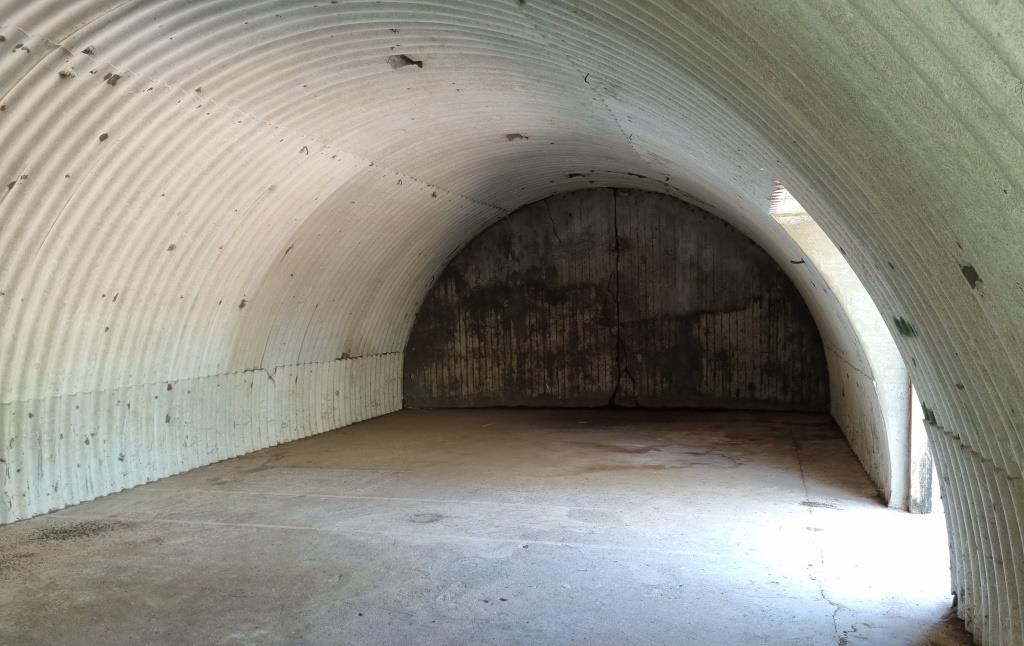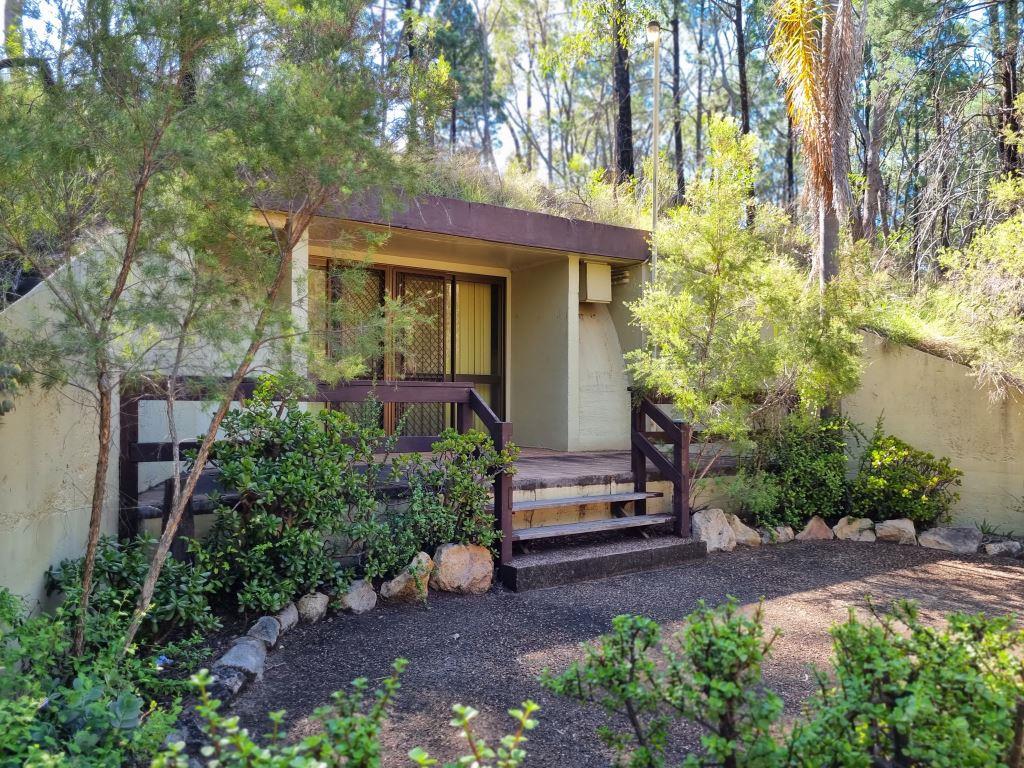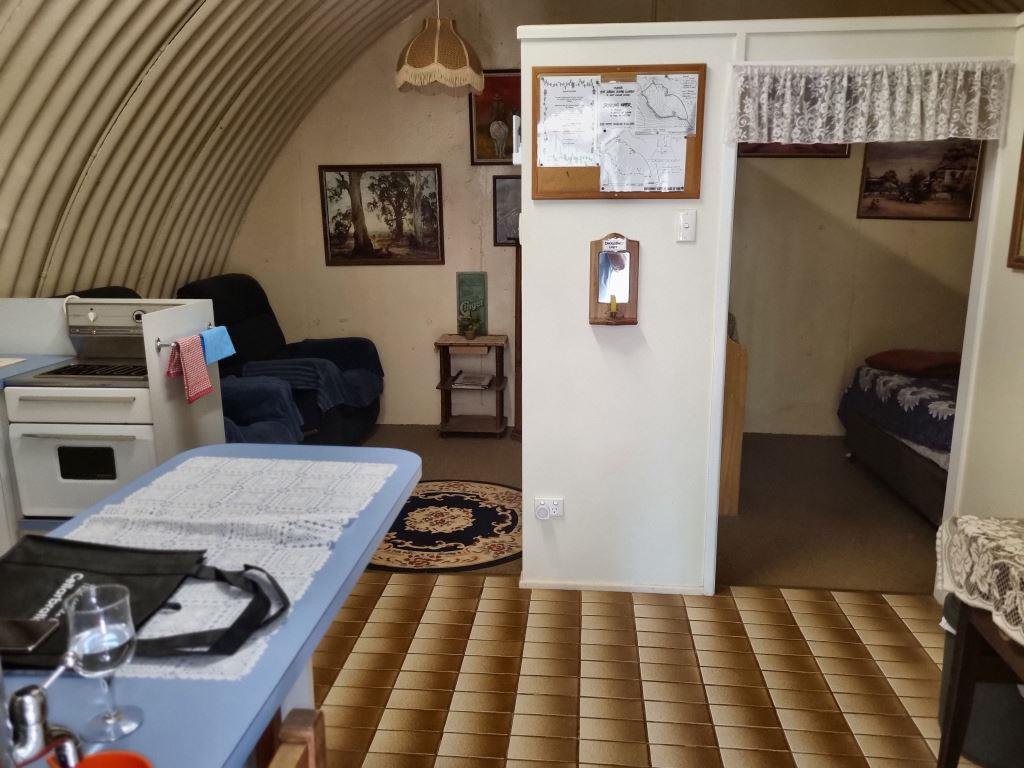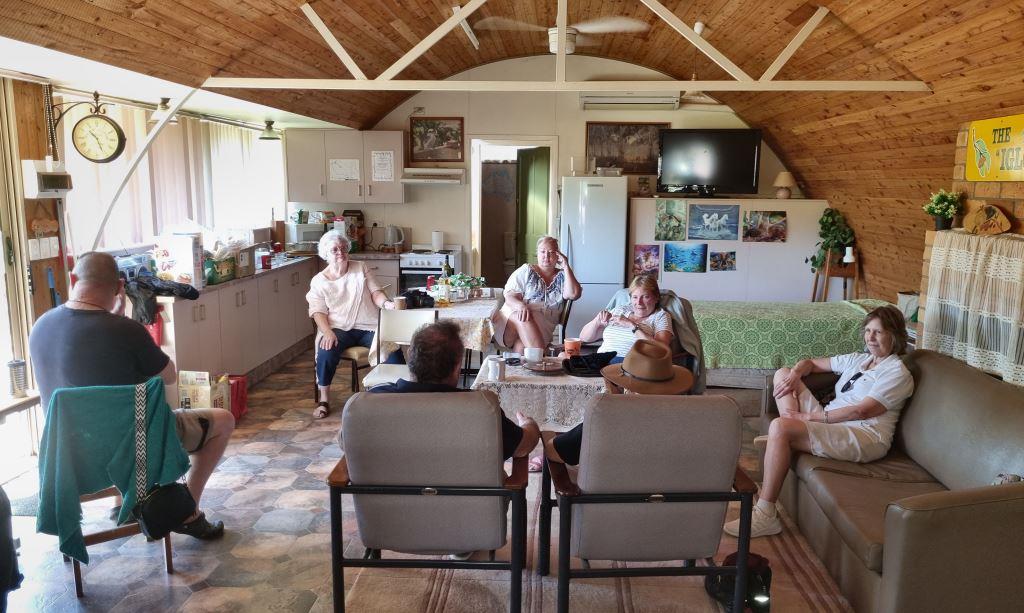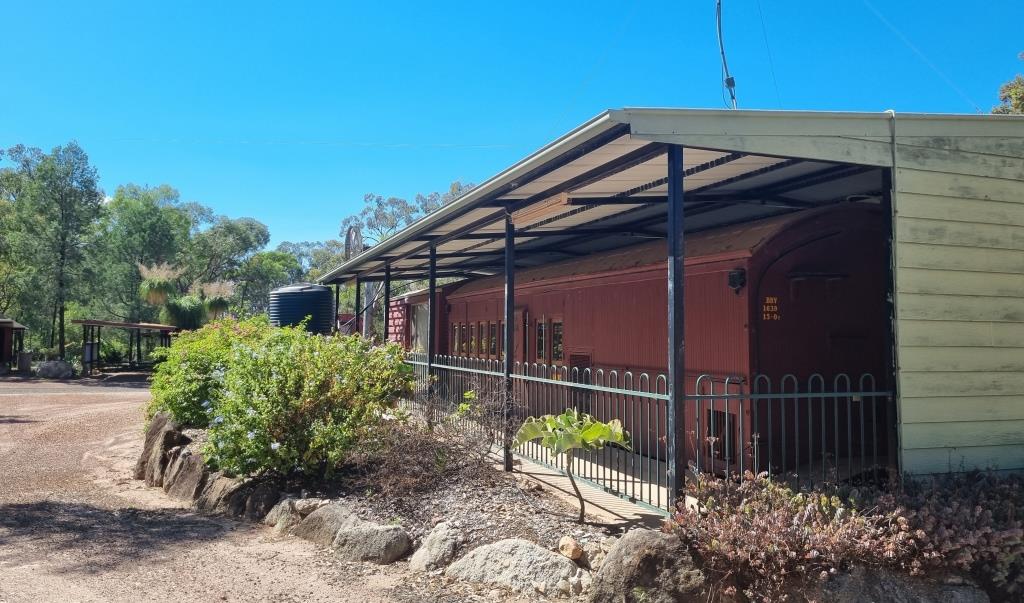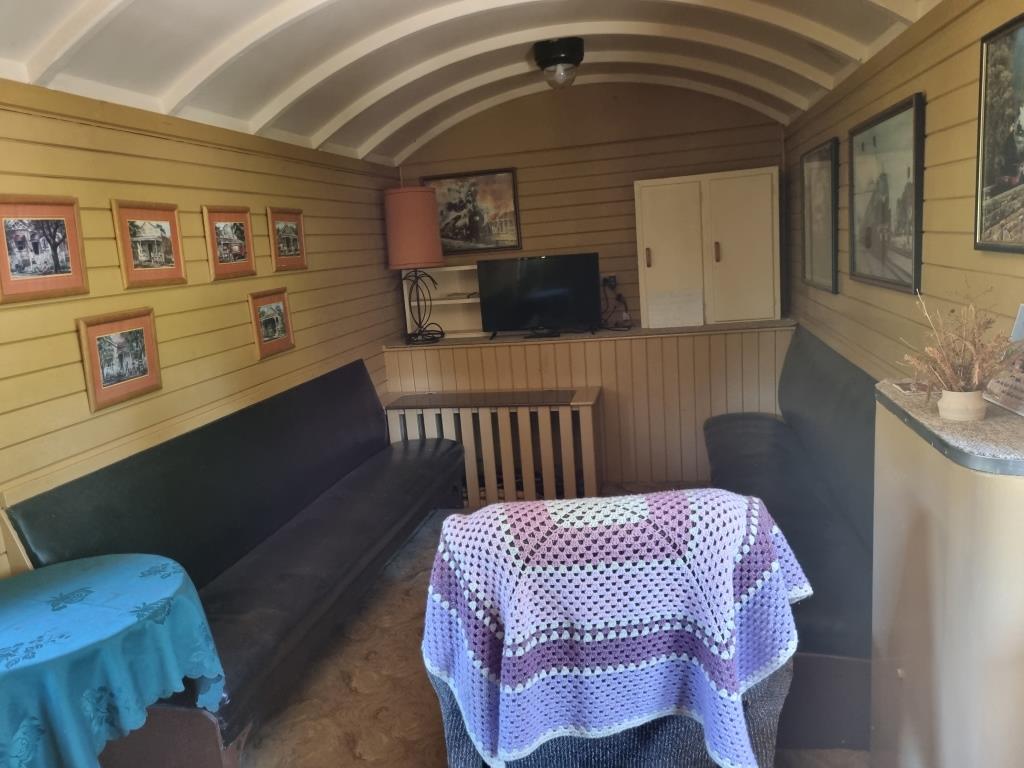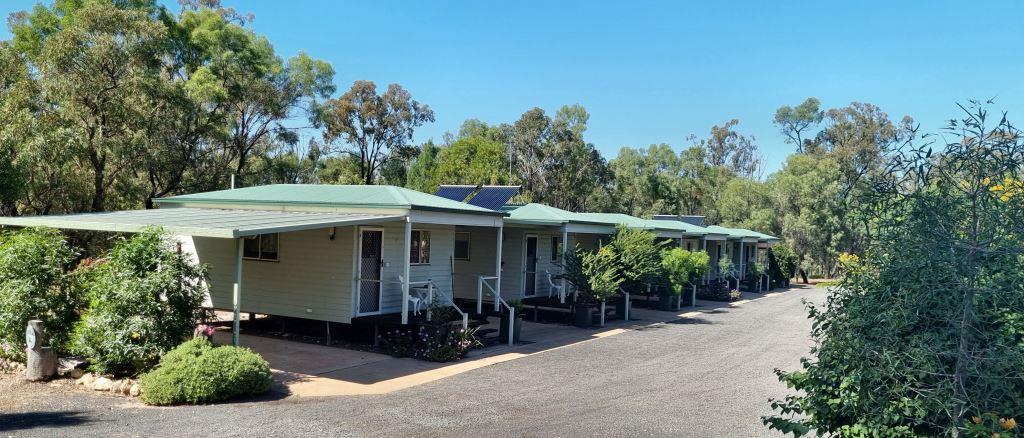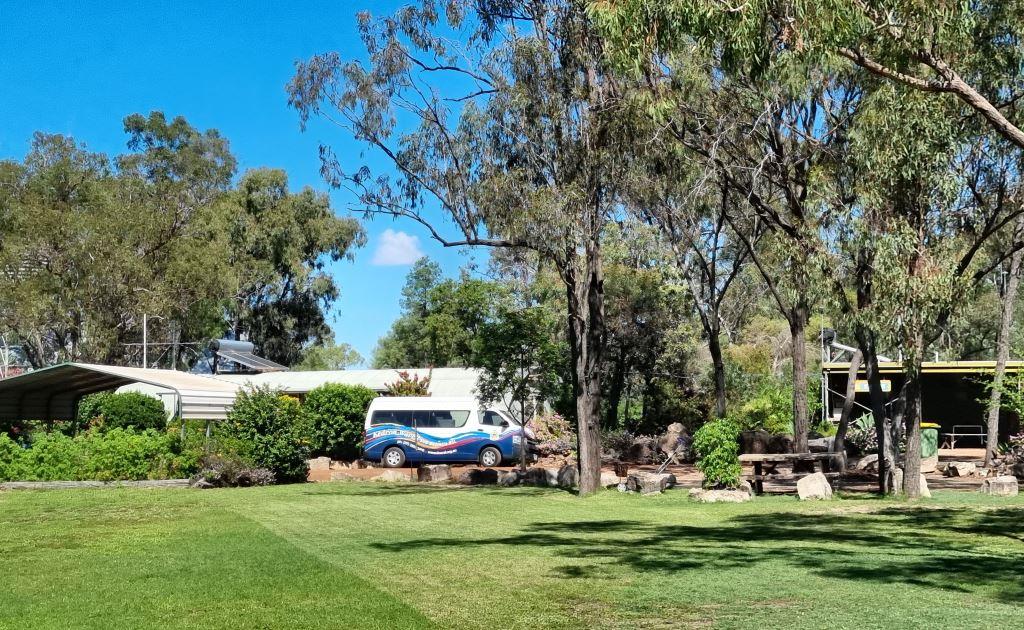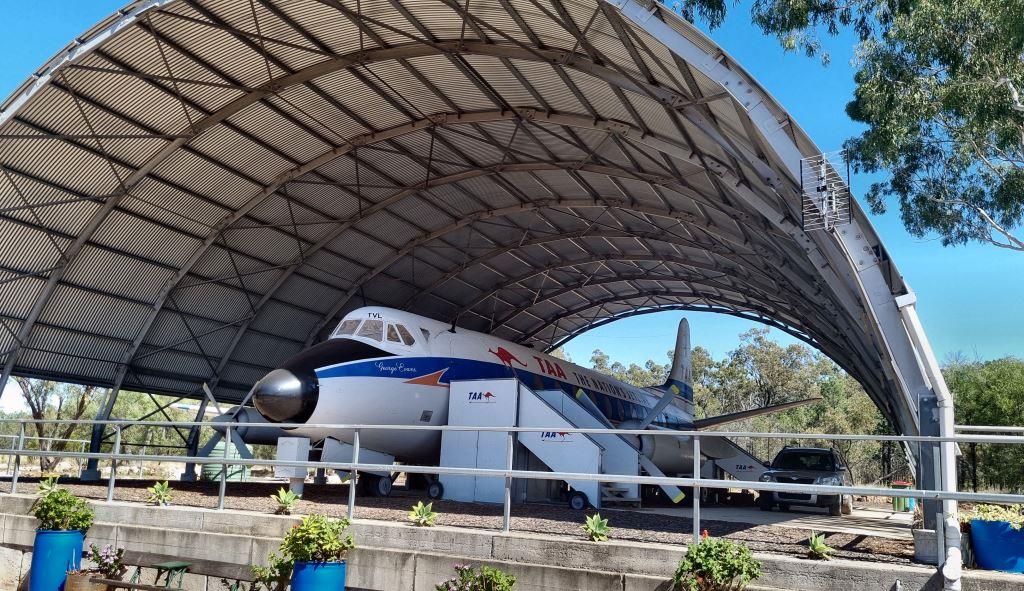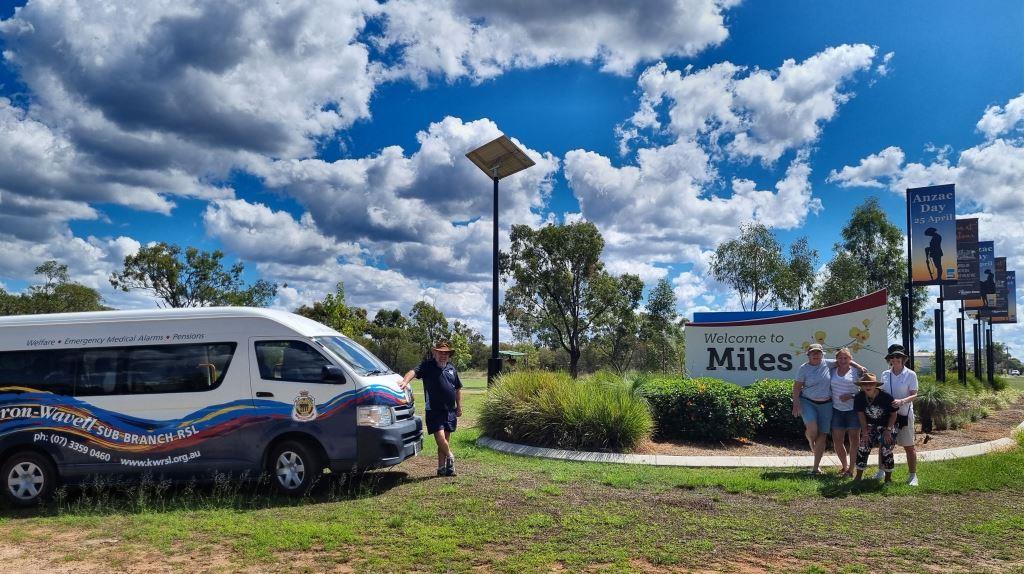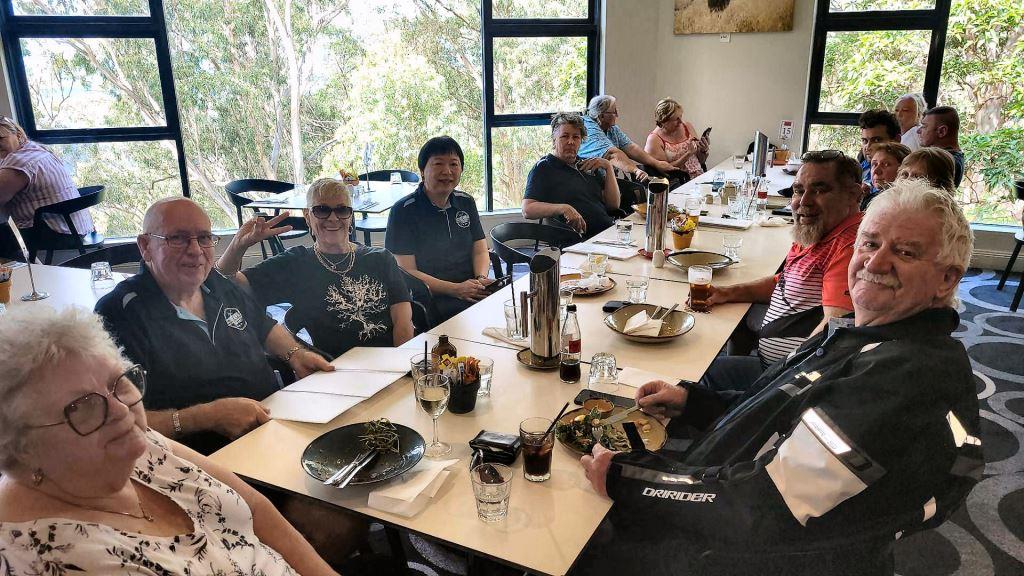
|
Vol 80 |
Page 14 |
Privacy Policy | Editorial Policy | Profit Policy | Join the Association | List of Members | Contact us | Index | Links
Back Go to page: 1 2 3 4 5 6 7 8 9 10 11 12 13 14 15 16 17 18 19 20 Forward
A lot of the pics on this page have been crunched to allow the page to open quicker.
You can get the HD version by clicking that pic.
Possum Park.
Possum Park, which once was a secret RAAF Base, is located about three hundred and sixty kilometres west of Brisbane near the little rural locality of Kowguran (Population 41). It is about twenty kilometres north of Miles.
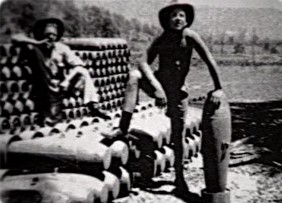
Approval to construct the Base (to store explosives) at Kowguran in Queensland was given in September 1942. This unit was to have an establishment of three officers, four sergeants and above and 61 Corporals and below. The estimated cost of constructing the buildings and facilities was $79,180. (About $1.5M today).
3 CR, (3 Central Reserve) was subsequently formed on the 18th August 1943 to manage the establishment. Rations were obtained locally from the town of Miles and an entitlement of 3/- (about $6.30 today) per day per member was allowed to purchase food locally. In September 1943 a new telephone line was strung from Miles to provide communications with the outside world, then days later in September the first furniture arrived, although this only consisted of chairs and a few tables. Towards the end of September, the unit’s power supply was completed and the lights were turned on for the first time that night.
During World War two, the Base was well guarded by a select group of Australian Airmen and was the largest bomb and ammunition dump on the Brisbane Line, our last line of defence in the event of a much-feared Japanese invasion. The two and a half thousand tons of high explosive bombs and ammunition were all hidden in twenty well protected underground bunkers.
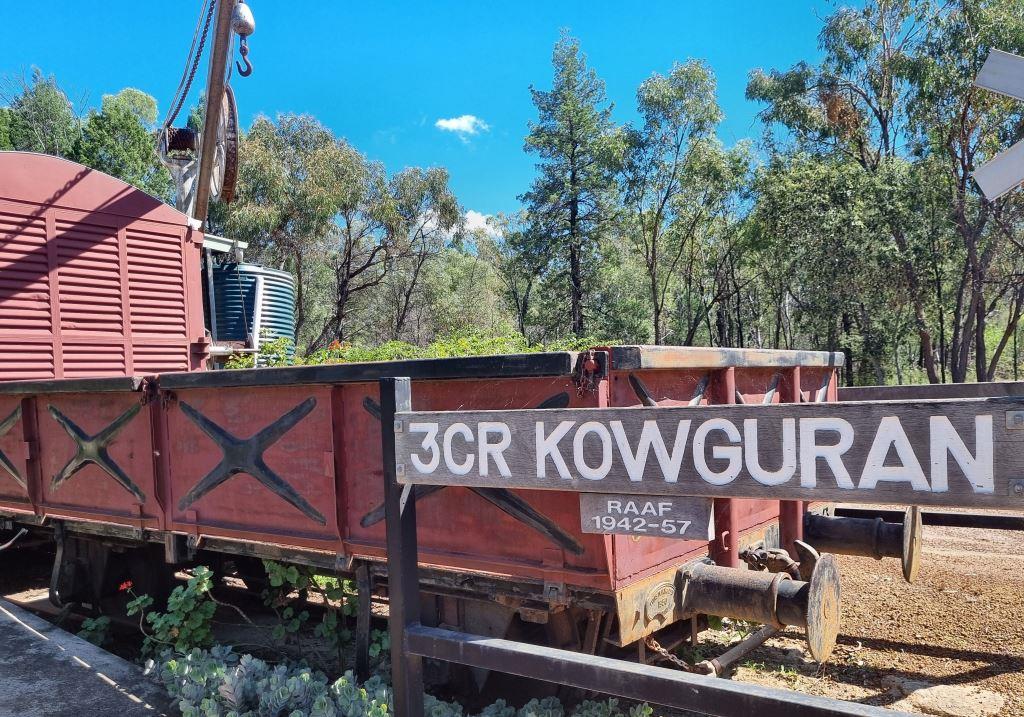
The first stocks of explosives arrived at the railway siding early in October and were off-loaded and stored. The storage facility consisted of approximately 20 reinforced concrete and underground bomb storage buildings, spaced around a heavily wooded site. Each storage bunker was about 15 metres long and covered by at least 4 metres of earth. The bunkers were dispersed around a heavily wooded hill and a 5 metre wide ring road connected the bunkers to the railway siding.
With the onset of summer. the inadequacies of the flat roofed type buildings used as living quarters rapidly became apparent. The Commanding Officer's report for November 1943 reported temperatures of 1100F (430C) indoors and 1060F (410C) in the shade. (Global warming?) The Officers’ and Sergeants’ Messes were registering the highest temps owing to their locations and during January 1944 some steps were taken to reduce temps by lining the worst affected buildings.
The ring road, with one bunker on the left.
Although never used to supply explosives during the war, the site was eventually decommissioned in 1956.
9B9BThe 135 hectare site was purchased by David and Julie Hinds in 1985 and turned into Possum Park, a local holiday destination. A number of the underground bunkers were converted into self-contained underground motel units. Very effective original ventilation and the insulation of the site is still utilised. Elsewhere on the property, above ground “Troop train” railway carriages are offered as extra accommodation. Tent sites are also available. The old RAAF parade ground on the top of the hill is now used as the caravan camping area. A small museum known as the “Brisbane Line” room displays weapons, uniforms and other memorabilia from the Second World War.
10B10BEarly in April 2023, a group of 20 Scootavillians rode out to Possum Park to spend and enjoy the weekend in the bush surroundings. It was an excuse for those with bikes to enjoy another ride, to enjoy each other’s company and to just get together again and Kedron Wavell RSL Sub-Branch were, once again, kind enough to lend us their mini-bus to carry those without a bike. Everyone met up and overnighted at a friend’s place near Walloon (near Amberley) on Friday the 31st March and set off early Saturday morning 1st April, overnighting Saturday and Sunday at the Park where owners of the property David and Julie Hinds made us most welcome. Unfortunately, the two nights passed far too quickly and it was back on the bikes and into the bus and back to Brisbane on the Monday.
Early evenings were spent around a camp fire where a few coldies were demolished, many lies were told and where we learned the history of the area from long time caretaker John, and while those of us who professed not knowing how to cook, sat and enjoyed the fire, the few who foolishly disregarded the first law of service life, volunteered for KP duty and prepared the evening meal.
12B12BHard at it preparing the evening meal are L-R: Cathy Yang - Executive Chef, Mark Willis – gofor, Sue Trimmer – snag roller.
13B13BAfter a hard hour or so at the fire pit, the troops sat down to enjoy a hearty meal.
14B14BThe Scootaville science of eating and drinking. We're good at it!
Some of the troops who lived through the weekend were:
16B16BAunty Joy MacPherson.
17B17BJohn Broughton. Whoever said “Age shall not weary them” obviously never got old!
18B18BRos Curren. “If it’s wet and it’s cold, I’ll drink it”.
20B20BMarie Henson. “I’m with you Ros”.
19B19BJillian O’Toole, Marg Reeves.
Jan Hill.
Arthur Reeves - "The old bloke."
Jan Eccles.
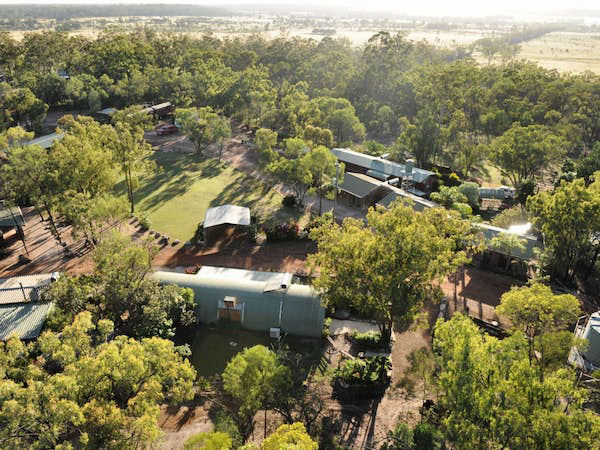
24B24BAerial view of the compex.
Some of the bunkers.
26B26BInterior of one of the, as yet, un-modified bunkers.
27B27BOne of the refurbished bunkers.
28B28BInterior – being underground, they maintain a very comfortable temperature all year round.
As well as the bunkers, there is a large communal living/sleeping donga where all those who didn’t snore were allowed to bunk down.
30B30BSome of the train carriages that used to transport the troops to and from the Base – now converted into comfortable “living” accommodation.
31B31BThe Rec-room in one of the carriages.
32B32BFor those that would rather more modern accommodation facilities, there are a number of more modern “rooms” available.
33B33BThe little Kedron Wavell RSL Sub-Branch mini-bus outside the bigger communal living/sleeping donga. This block will sleep 10 comfortably. Mess area on the right.
34B34BThe ex-TAA Vickers Viscount. This aircraft is being converted into sleeping quarters and will soon be available for overnight stays.
36B36BThe Vickers Viscount 756 was Vickers’ first real passenger airliner built after WW2 and was very popular; it sold all over the world to major airlines including TAA, which is where this particular aircraft hails from. It had basically been sitting in an industrial lot in Toowoomba for 40 years when it was bought in 2013. It needed a lot of work and David and his crew spent the last three years panel beating, building wings and painting it in its original TAA livery and finally were given the tick of approval by a lot of ex-TAA pilots and flight attendants, which pleased them.
37B37BIn fact, the only tick of approval the Hinds’ didn’t receive was for insurance, being told their beautiful old bird wouldn’t be covered by insurance unless it was covered by a hangar.
38B38BWhich was when the old WWII Lysaght hangar David and wife Julie had purchased 20 years ago in a clearance sale was called back into duty and the Lysaght Toowoomba branch was called on for assistance. They started researching the hangar to see how it should go together and found out that these igloo structures had been built just prior to World War II at Port Kembla in a partnership between The American Rolling Mill Company and Lysaght.
39B39BTheir hangar was a heap of rusty junk when they bought it, so it took a bit of time and a lot of thinking on the part of their chronologically challenged team of volunteer workers to get the frame ready to go as the hangar is 30.5 metres long and 10.4 metres high. The entire frame had to be sandblasted and straightened then rustproofed and painted silver.
40B40BHaving decided to erect the Lysaght hangar, and to do it authentically, David and Julie naturally turned to Lysaght for the sheeting required to clad the hangar. There is approximately 700sqm of sheeting required and they decided to use Lysaght Custom Blue steel as this is a more ductile corrugated roof and wall cladding, very suitable for curving into concave and convex shapes. The sheeting was pre-curved to achieve the required radius for the hangar.
41B41BIt was certainly a very cleverly thought out prefabricated building; with the footings in, it all just bolts together, so the boys worked along and put the arches up, then the cross-bracing and the horizontal bracing – it all just fell into place.
42B42BWith a full day to spare the troops cranked up the bikes and the mini-bus and headed into Miles for some pub grub but a word of warning, if you’re in Miles on a Sunday and are looking for lunch, even though there are 3 pubs in the Main St, and we think all owned by the same person, only one serves lunch. We found that out after ordering and paying in one of the wrong ones. After getting our money back, it was a short walk down the street to pub number 3 and lunch was served.
Then, all too quickly, it was all over, time to pack up and head for home.
44B44BIf you’ve got a few days to spare and want a break with a difference, you’d be well advised to head west and stay a while. See HERE.
45B45BClick the pic below to see an interview with Julie.
46B46BOn the way home it was decided to break the ride and enjoy a breather at Toowoomba’s Picnic Point. The view from there is fantastic – as also is the food.

